Unearthing History: An Ancient Cemetery Discovered Beneath a Parisian Home

In an unexpected twist during a home renovation, a resident of Corbeil-Essonnes, a suburb just south of Paris, discovered a treasure trove of history buried beneath their house. While working in the basement, the homeowner stumbled upon a skeleton, igniting a remarkable journey into the past that revealed nearly 40 burials, some dating back to the Roman era.
The oldest grave uncovered is believed to date back to the 3rd century AD, connecting us to a time when the Roman Empire was flourishing. Among the findings are 10 plaster sarcophagi attributed to the early Merovingian period, spanning from about 476 to 750 AD. The most recent burial discovered is from around the 10th century, suggesting that this cemetery was in use for an impressive 700 years.
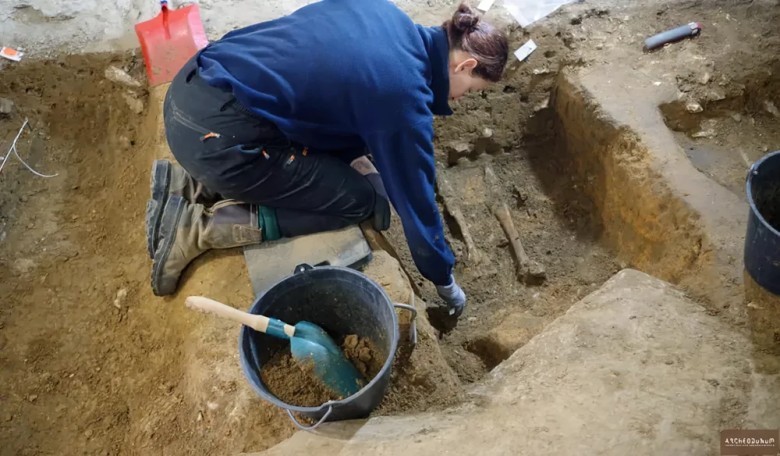
Initially, archaeologists had suspected the site to be an early medieval cemetery, as remnants of a seventh-century chapel, Notre-Dame-des-Champs, were known to have been in that vicinity. However, the unexpected discovery of older burials took experts by surprise, as noted by the archaeological company Archaeodunum, which is managing the excavations on behalf of the regional government.
The excavation began last winter when the homeowner unintentionally uncovered the first burial. Now, archaeologists have meticulously excavated 38 skeletons from a four-room, 52-square-meter (550-square-foot) basement area.
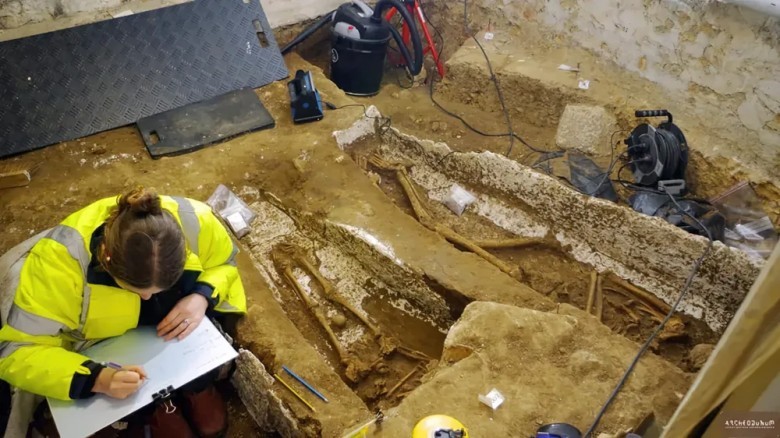
Situated on land that once held a medieval chapel, this house stands on the remnants of earlier structures, including a pagan temple dedicated to the springs. While early medieval graves were found in the area before, the elusive chapel and temple had never been clearly identified. Most of the graves found during this recent dig align in parallel rows, typical of Roman burial customs, where the deceased were laid to rest on their backs in wooden coffins that have since deteriorated over time.
What stands out in these findings is how the Merovingian graves differ, as the occupants were buried in unique plaster sarcophagi arranged in a distinctive fan shape. Interestingly, one of the sarcophagi was initially covered with a beautifully carved stone block featuring a rosette and two crosses, motifs commonly seen in Merovingian burials, even beyond Christian sites.
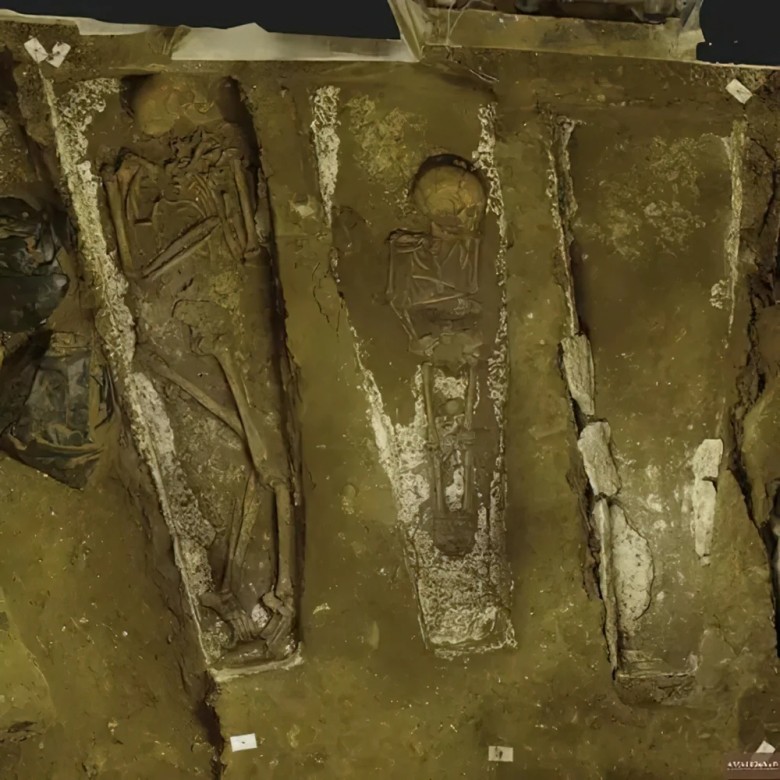
While some sarcophagi found in other areas are often lavishly decorated and may contain multiple remains, most of those discovered in this site were simpler, housing just one individual. The age of the oldest graves indicates that people were laid to rest here long before the medieval chapel was erected.
Next, these skeletons will undergo scientific examination to determine their sex, age, and even insights into their health and diet at the time of death. By studying these remains, archaeologists aim to gain a better understanding of the lives of the communities that inhabited this area during late antiquity and the Middle Ages, shedding light on the evolution of burial customs over centuries.
This remarkable discovery not only illuminates the past but also connects us with the lives and traditions of those who walked the land long before us. As the excavation unwraps these historical layers, it brings captivating narratives from the ancient world back to life, reminding us of the deep histories hidden just beneath our feet.
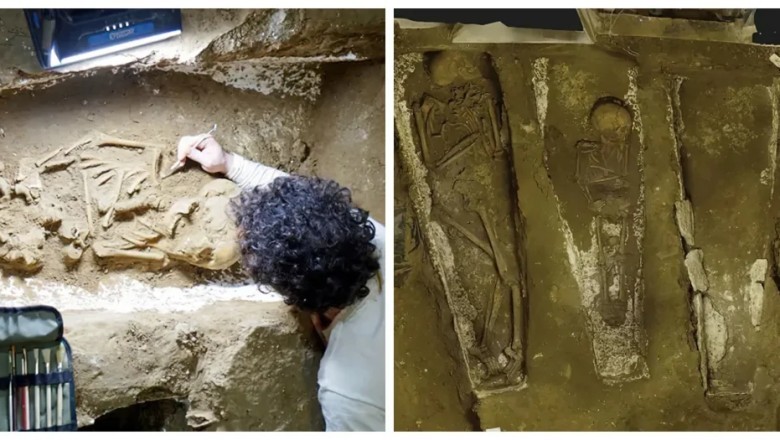




















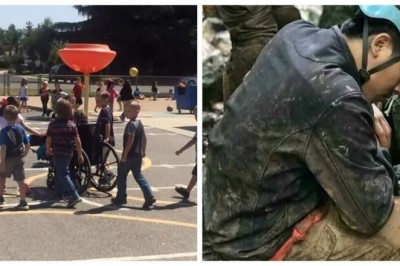



Comments
0 comment